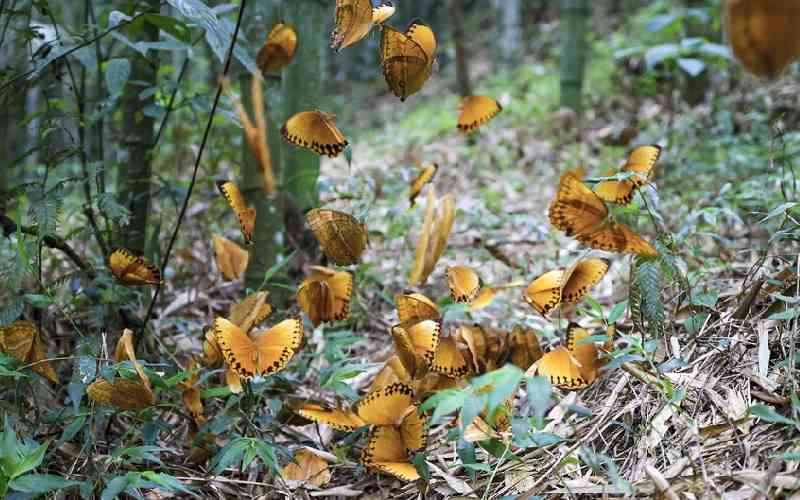×
The Standard e-Paper
Join Thousands of Readers

Butterflies are seen in the butterfly valley in Honghe Hani and Yi Autonomous Prefecture, southwest China's Yunnan Province, May 24, 2023. [Xinhua]
For the last few weeks, the skies have been beautified by swarms of butterflies. Some pause to savour the moment by taking pictures and videos.